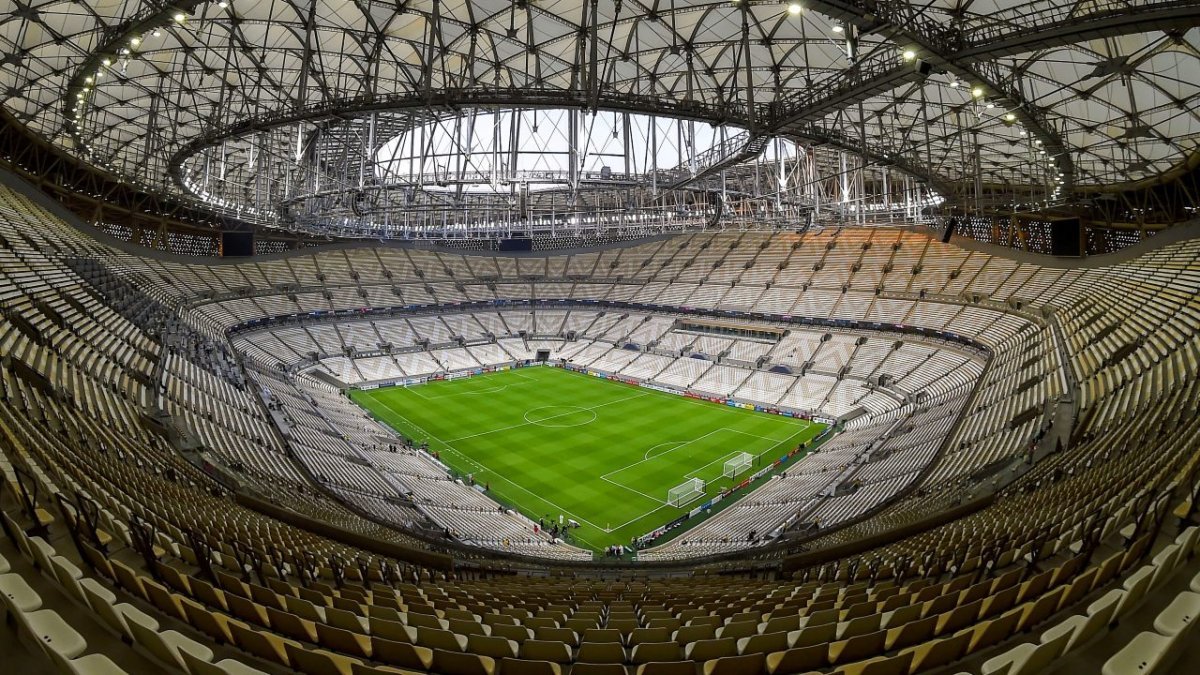Each soccer team should have 11 players on the field, including one goalkeeper. This standard ensures fair play and optimal team performance. Soccer rules dictate that a match consists of two teams with a maximum of 11 players each. One player must be designated as the goalkeeper to protect the goal from scoring attempts by the opposing team. This player distribution allows for strategic gameplay and balanced competition on the field.
In soccer, the number of players on each team is crucial for maintaining the integrity of the game and ensuring a level playing field for all participants.
How Many Soccer Players Should Each Team Have on The Field

Importance of Team Size In Soccer
Soccer, also known as football in many countries, is a game that requires strategic coordination and teamwork. The number of players on the field plays a crucial role in shaping the dynamics of the game. Understanding the significance of team size in soccer is essential for both players and fans alike.
Historical Context- How Many Soccer Players Should Each Team Have on The Field
The historical context of team size in soccer dates back to the early development of the sport. In the 19th century, various forms of football were played with different team sizes. The standardization of team size, particularly the 11-a-side format, became prevalent as the sport evolved. This historical background has contributed to the current understanding of team size in soccer and its impact on the game’s dynamics.
Role of Fifa Regulations- How Many Soccer Players Should Each Team Have on The Field
The role of FIFA regulations in determining how many players should be on the soccer field for U12 teams and the total number of players on a soccer team is pivotal. FIFA, as the governing body of soccer, has established rules and guidelines regarding team size to maintain consistency and fairness across all levels of the sport. These regulations ensure that each team has an optimal number of players to promote competitive balance and skill development.
Standard Number of Players
Standard Number of Players: Understanding the ideal number of soccer players on the field is crucial for optimal gameplay. Each team must adhere to specific player requirements to maintain balance and efficiency during matches.
Youth Soccer
In youth soccer, teams typically consist of eleven players on the field at a time, including one goalkeeper. This standard number allows young players to develop their skills in various positions while fostering teamwork and strategic gameplay.
Professional Soccer
Professional soccer teams also follow the eleven-player rule, ensuring a competitive and dynamic environment on the field. With each player contributing to the team’s success, the standard number of players in professional soccer remains consistent across different leagues worldwide.
Effects of Team Size on Gameplay
Tactical Considerations
A team’s strategy heavily depends on the minimum number of soccer players on the field and how many players are available, including substitutes.
Physical Demands
The number of players directly impacts the physical demands of the game, affecting player endurance and overall performance.
With fewer players, teams may focus on tighter defense and quick counterattacks, while larger teams can spread out more and control possession.
Having the right balance is crucial for maintaining a competitive and engaging match.
Variations In Team Size
Soccer, also known as football, is played in various formats and settings, each with its unique rules and team size requirements. Understanding the variations in team size is crucial for players, coaches, and enthusiasts alike. Let’s explore some of these variations in team size.
Futsal Vs Outdoor Soccer
Futsal, a fast-paced variant of soccer, is played on a smaller, hard court with fewer players on each team. In contrast, outdoor soccer, the traditional form of the game, is played on a larger field with a standard team size. The differences in playing surface and court size directly influence the number of players on each team, impacting the overall dynamics and strategies of the game.
Amateur Leagues
Amateur soccer leagues often exhibit flexibility in team size, depending on the age group and the specific league regulations. While some leagues may adhere to the standard eleven-a-side format, others may opt for smaller teams to accommodate player development and participation. This variation allows players of all skill levels to engage in the sport, fostering inclusivity and skill enhancement within the amateur soccer community.
Influence of Team Size on Performance
The number of players on a soccer team can significantly impact the team’s performance on the field. Understanding the optimal team size is crucial for developing effective offensive and defensive strategies. Let’s explore the influence of team size on the performance of soccer teams in detail.

Offensive Strategies
Team size directly affects a soccer team’s offensive strategies. With fewer players on the field, teams may focus on quick passing and individual skills to create scoring opportunities. In contrast, larger teams can employ more elaborate passing patterns and positional play to break down the opposition’s defense. The number of players influences the spacing and movement patterns, impacting the effectiveness of attacking maneuvers.
Defensive Strategies
The defensive approach of a soccer team is also influenced by the number of players on the field. Smaller teams may prioritize compact defending and swift transitions to counter-attacks, leveraging their agility and speed. Conversely, larger teams can deploy more players to cover space and apply coordinated pressure on the opponents, making it challenging for the attacking team to penetrate the defensive lines. The team size dictates the defensive organization and the ability to counter various offensive tactics.
Psychological Impact of Team Size
Soccer is a sport that demands physical prowess, tactical acumen, and mental strength. One often overlooked aspect of the game is the psychological impact of the team size. The number of players on the field can significantly influence team dynamics, player accountability, and overall cohesion.
Team Cohesion
Team cohesion is crucial in soccer as it directly impacts the performance and success of a team. The size of the team plays a pivotal role in fostering cohesion. With a larger team, there may be more diversity in playing styles and personalities, which can either enhance or hinder cohesion. On the other hand, a smaller team may foster stronger bonds and understanding among players, leading to better teamwork and coordination on the field.
Player Accountability
Player accountability is essential for the success of any soccer team. With a larger team, individual accountability may be diluted as players could feel less responsible for the team’s performance. Conversely, in a smaller team, each player’s contribution becomes more visible, leading to enhanced accountability and motivation to perform at their best.
Controversies Surrounding Team Size
In soccer, the number of players on the field is a subject of ongoing debate, with differing opinions on the optimal team size. This controversy stems from the impact team size has on the dynamics of the game, player involvement, and the balance between attack and defense. Let’s explore the arguments for both more players and fewer players on the field.
Arguments For More Players
- Increased Field Coverage: Having more players on the field can lead to better coverage of the playing area, enabling teams to defend and attack more effectively. This can create a more dynamic and engaging game.
- Enhanced Player Development: For younger age groups like U8 and U14, having more players allows for increased player participation, helping to develop essential skills and understanding of the game.
- Strategic Depth: With additional players on the field, teams can explore more tactical variations, fostering a deeper understanding of the game and improving overall team strategy.
Arguments For Fewer Players
- Increased Involvement: Having fewer players on the field ensures that each player has more involvement in the game, leading to improved individual skill development and a deeper understanding of their respective positions.
- Improved Decision Making: Reducing the number of players can lead to more space on the field, encouraging players to make quicker, more effective decisions, and enhancing the overall flow of the game.
- Emphasis on Positional Play: With fewer players on the field, there is a greater focus on individual positional play, allowing players to hone their specific skills and contribute more meaningfully to the team’s performance.
Future Trends In Team Size
As the game of soccer evolves, the optimal number of players on the field for each team is subject to change based on various factors. Future trends in team size can significantly impact the dynamics and strategies of the game.
Technological Advancements
Advancements in technology are reshaping the way soccer is played, leading to potential shifts in team size requirements. With the integration of technology in player analysis and performance tracking, teams may reconsider the ideal number of players on the field to maximize efficiency and adaptability.

Impact of Rule Changes
Changes in rules and regulations governing the sport can also influence the ideal team size in soccer. Modifications in offside rules, substitution policies, or game duration could prompt teams to reassess the number of players on the field to maintain a competitive edge and strategic balance.
Conclusion
Soccer is a team sport played with eleven players on each team, including one goalkeeper. This is a standard rule set by most soccer associations worldwide. However, in some situations, such as high school games, the number of players on the field may differ. Ultimately, the number of players on the field plays a crucial role in the game’s dynamics, and teams should adhere to the standard rules to ensure fair play and a successful outcome.




